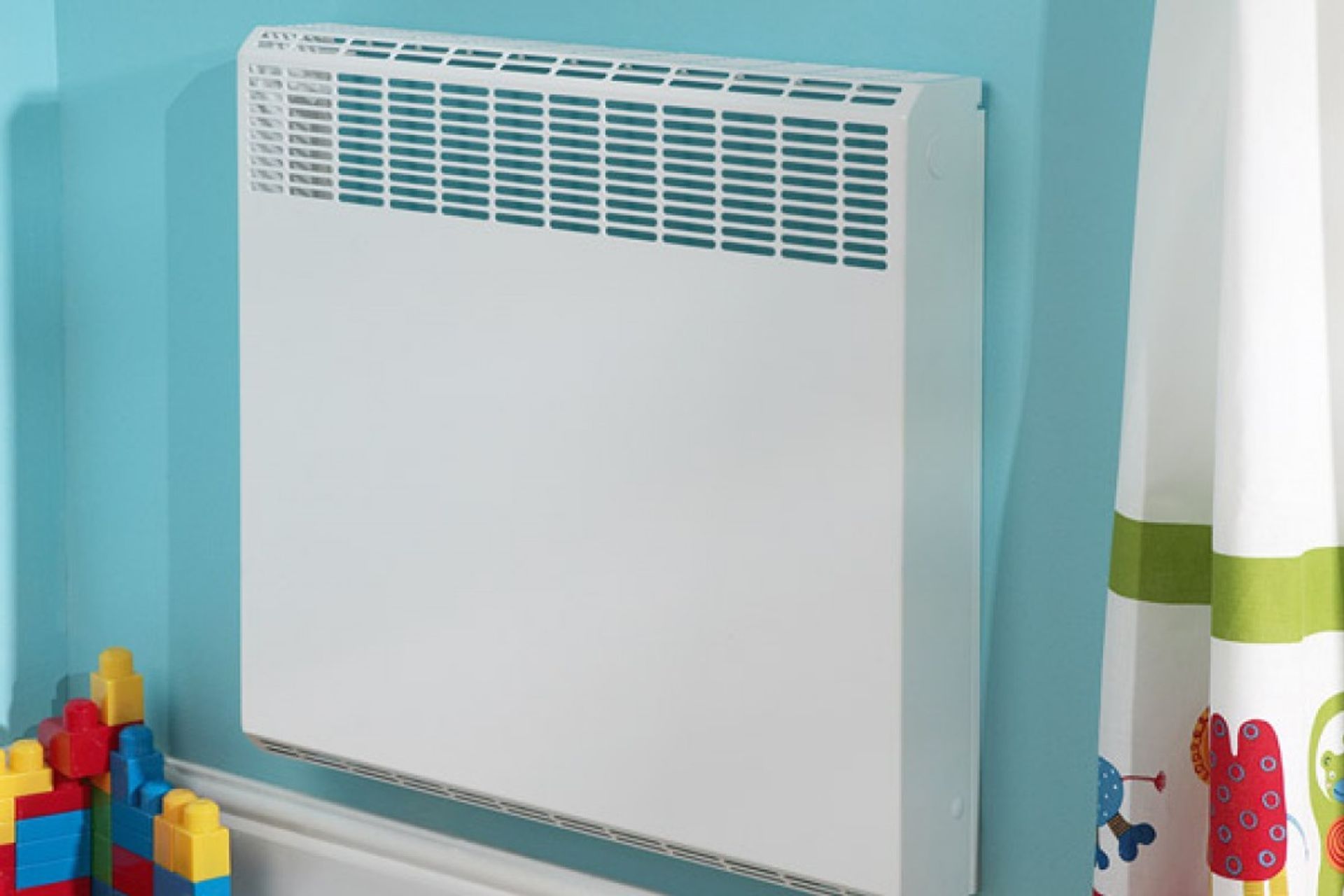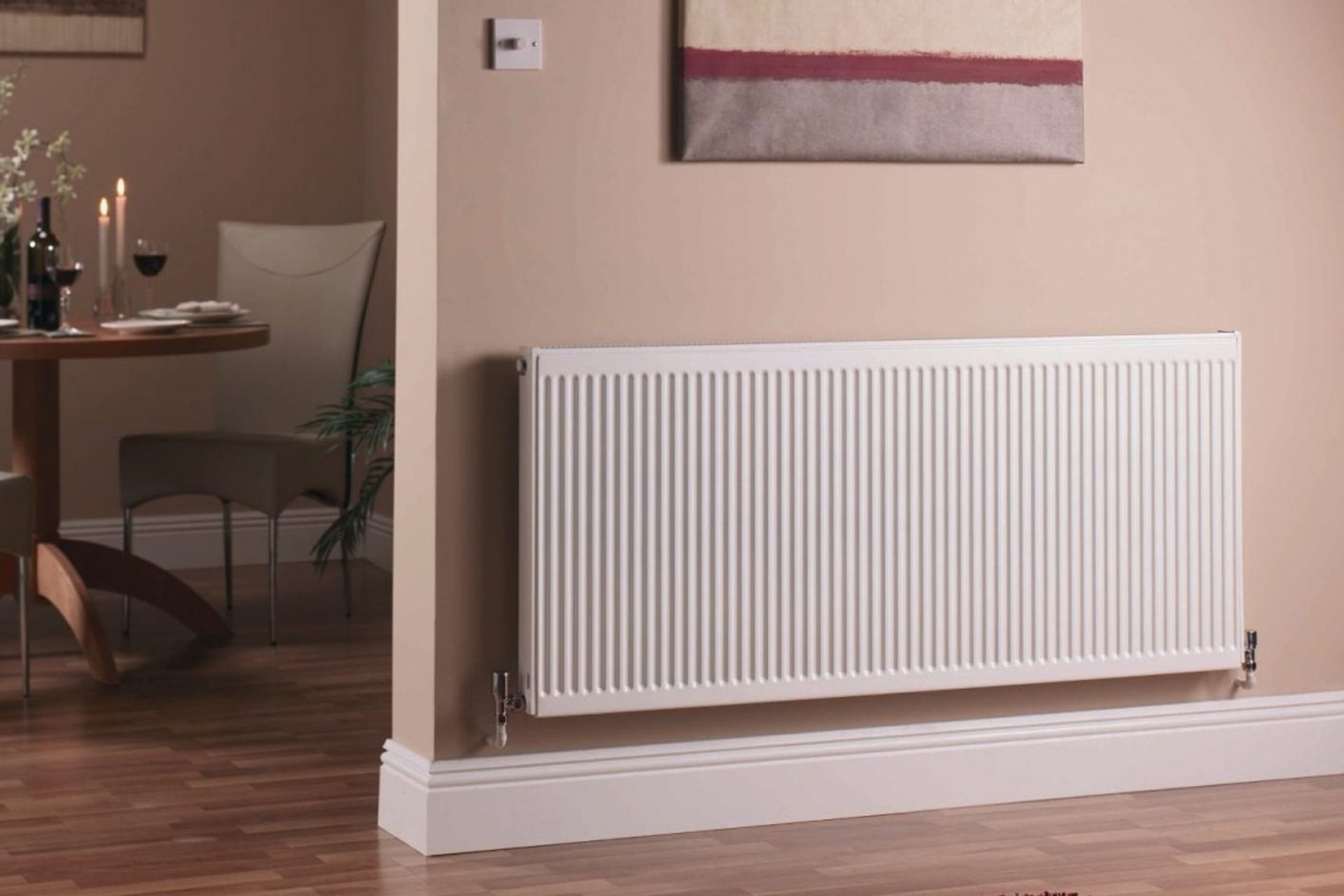The modern radiator: heating and moisture control in one
Written by
07 August 2017
•
3 min read

Forced air heating options such as heat pumps are popular because of their instant heat output. But for allergy or asthma sufferers, they are less than ideal because they circulate air, and with it, dust and allergens. They also create cold spots because air is forced from a source in a particular direction and rises, creating draughts lower in the room.
Radiator central heating is one way to avoid this, providing a healthy, comfortable ambient heat throughout the home, without relying on forced air movement. “One of the main comments we hear when installing radiator central heating is that the client has made the change because of discomfort related to dry eyes and throats with heat pumps,” Warm NZ’s Todd Bowmast says. “People also favour radiators as a whole-home central heating source because of their extremely quick heat-up time. From the point the system is turned on, the whole home can be warm within 10 to 15 minutes,” Todd says.
Families in particular are drawn to radiator systems because of their efficiency. “It’s four times more efficient to heat water than to heat air, and using radiators provides that quick, healthy, consistent heat,” Todd says.

Radiators are placed throughout the home and are linked to a central boiler – either natural gas, LPG or diesel. Hot water is then distributed through pipes. Each radiator has a flow pipe on one side, and a return pipe on the other, allowing the heated water to enter, heat the radiator, and then return to the boiler to be reheated.
The room temperatures throughout the house are controlled by either adjustable thermostatic radiator valves on each radiator with the operating times controlled by a single thermostat programmer firing the boiler, or the system can be automated with a wall-mounted programmable thermostat in
each room opening and closing a motorised actuator valve on the radiator where the thermostatic radiator valve would normally be.
“For whole home heating, it’s important that the house is balanced when designing an effective radiator solution,” Todd says. “For example, if you have a radiator in each bedroom, but there isn’t one in an adjoining hallway, it’s unlikely you’ll ever achieve the desired temperature in those bedrooms because the heat emitted from the radiator will be drawn to the cold area in the hallway so it’s important to ensure the house is correctly balanced to achieve that consistent ambient temperature.”
The other significant benefit of radiators is their ability to force moisture from the home. “The consistent, level heat dries everything out, removing any moisture in the home, which is particularly beneficial for older homes and removes the need for an HRV system in addition to heating.”
The modern radiator is far from the traditional column radiator that we all recognise. While in some situations, people favour the traditional look, contemporary options are abundant, with sleek, vertical radiator panels popular in new builds. “We’re also seeing people favouring custom-designed and bespoke radiators and using them as a design feature of a room or hallway,” Todd says.
The English-designed Paladin range is particularly favoured for their bespoke cast iron radiators, which are custom-made to order. With hand-painted finishes and stunning effects, and a vast range of colour options available, they are functional works of art.
Get in touch with Warm NZ on ArchiPro here to see what’s possible with a modern radiator system.

